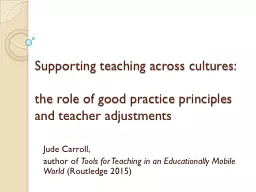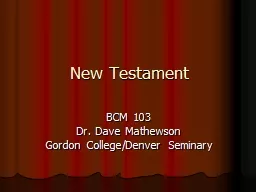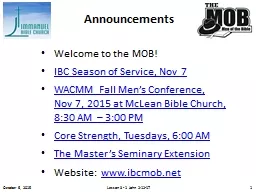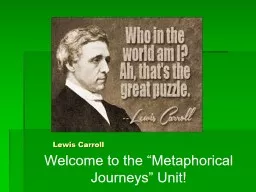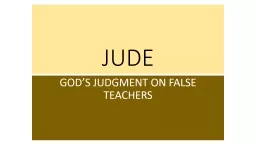PPT-Jude Carroll,
Author : marina-yarberry | Published Date : 2016-04-01
author of Tools for Teaching in an Educationally Mobile World Routledge 2015 Supporting teaching across cultures the role of good practice principles and teacher
Presentation Embed Code
Download Presentation
Download Presentation The PPT/PDF document "Jude Carroll," is the property of its rightful owner. Permission is granted to download and print the materials on this website for personal, non-commercial use only, and to display it on your personal computer provided you do not modify the materials and that you retain all copyright notices contained in the materials. By downloading content from our website, you accept the terms of this agreement.
Jude Carroll,: Transcript
Download Rules Of Document
"Jude Carroll,"The content belongs to its owner. You may download and print it for personal use, without modification, and keep all copyright notices. By downloading, you agree to these terms.
Related Documents

